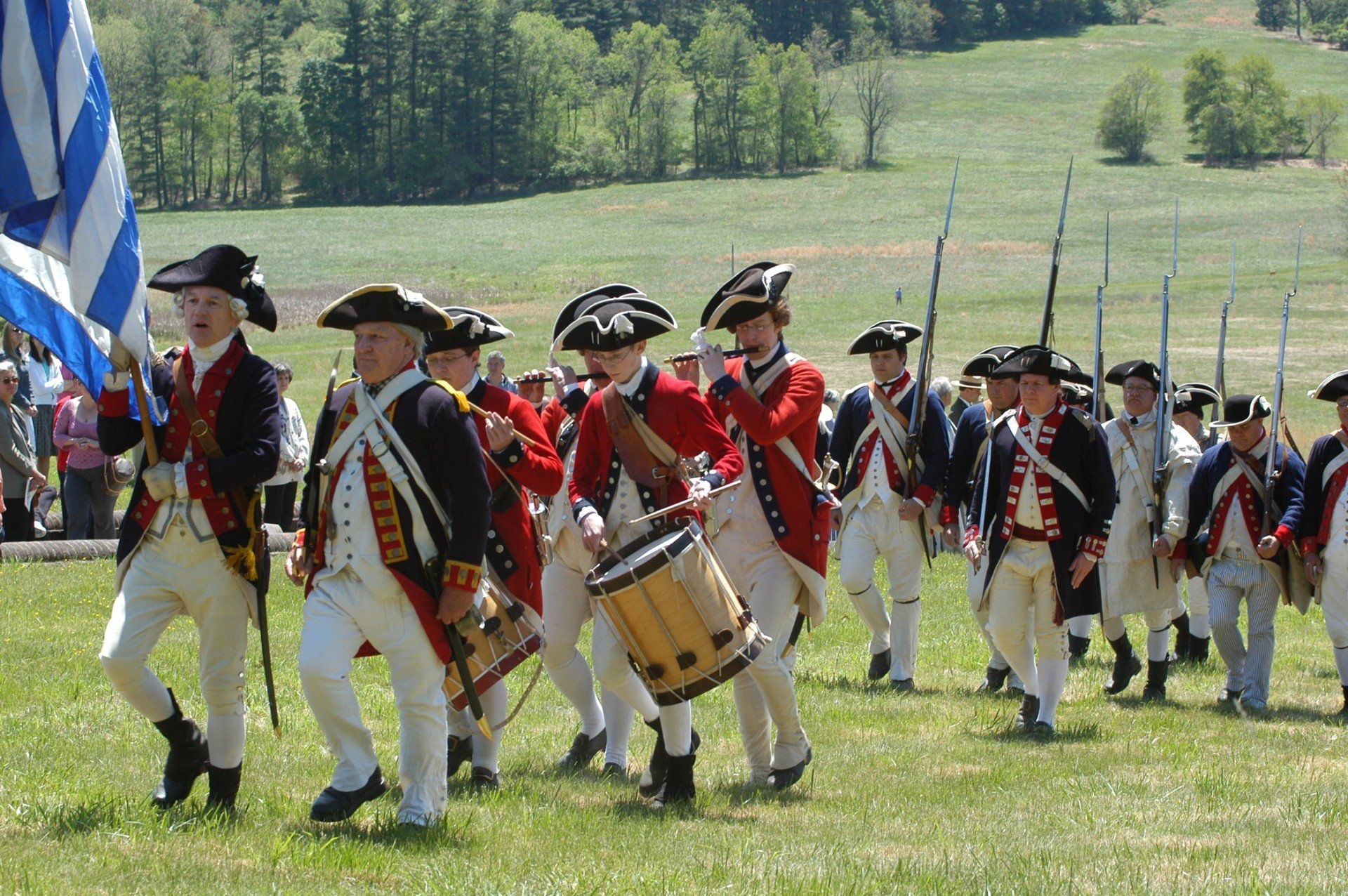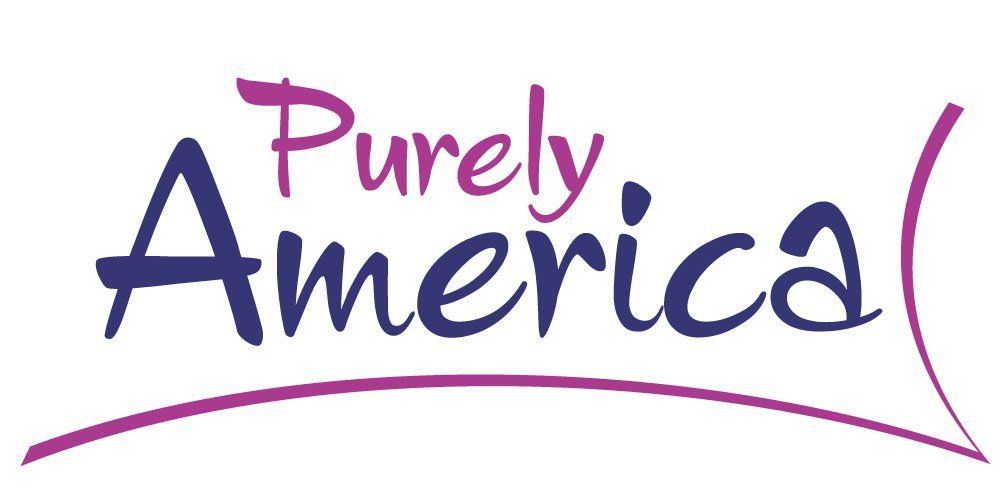Day 1: Philadelphia
It must have been rousing when the delegates and townspeople cheered as the Declaration of Independence was read and the Liberty Bell rang out. Later as the Constitution of the United States passed, the Continental Congress soon realized they had created a country like none other. The freedoms these events created starting in 1776 witnessed the foundations of the new nation. Visitors can relive the beginning of America at Independence National Historical Park which includes Independence Hall, Congress Hall, where the upper and lower houses of the US Congress first convened and Carpenter’s Hall, where John Adams, Patrick Henry, George Washington, Thomas Jefferson and other delegates to the First Continental Congress began it all in 1774. A timed admission ticket to Independence Hall will eliminate any waiting in line and give you more time to see the city. The Liberty Bell is close by, as is the new “dig” of George Washington’s residence that is causing a lot of provocative conversation.
After visiting Independence National Park, we suggest taking the Philadelphia Trolley or a horse driven carriage ride to get an overview of the city. Similar to Boston and Charleston, the streets of Philadelphia’s old neighbourhoods are narrow and lined with historic town homes and gracefully detailed structures. While in town, you have to try a Philly Cheese steak at Steaks on South, not far from the Liberty Bell and Independence Centre. If your visit to Philadelphia is on a Wednesday or Saturday, make sure to stop into the Reading Terminal Market, abuzz with shops and foods. Enjoy evening entertainment with the Independence After Hours program which includes a three course dinner at the City Tavern, a 1776 Walking Tour and the Lights of Liberty Show.
Day 2:
The Philadelphia Art Museum, with its extensive collections and featured exhibitions is certainly one of the major highlights of Philadelphia. Recreations of an Italian Colonnade, a Japanese Tea House and a Middle Eastern temple with massive winged beasts are surrounded by rooms of arms and Armour, early American artefacts, medieval tapestries and ancient objects. In between, you’ll discover gallery after gallery of some of the world’s finest paintings and sculptures by major artists. More Philadelphia “greats” await at the home of Betsy Ross, the seamstress who stitched the first American flag in 1776 and Elfreth’s Alley, the oldest continuously occupied street in America, dating from 1702. Early tenants on the street were craftsmen and sea captains, as well as others related to shipping. The Rodin Museum is home to the largest collection of the master’s works outside the Musee Rodin in Paris, France. Philadelphia has The Thinker, John the Baptist, The Cathedral and The Burghers of Calais, as well as drawings and sketches and The Gates of Hell. The Philadelphia Zoo, America’s first Zoo, is another option. To maximize your visit, you may want to pick up a Philadelphia Pass with multiple discounted admissions. There’s a lot to do and a lot to pack into two days here. Of course, you can always return on another visit and enjoy a 3, 4, or 5 day City Break to experience Philadelphia more completely.
2 nights – Philadelphia.
Day 3: To Lancaster (80 miles)
You’ll love visiting Amish Country in Lancaster County to experience the slower pace of life and simple living. With traditions dating back centuries, Lancaster County is home to the oldest group of the Old Order Amish, the “Plain People” who settled in the 1720s, fleeing religious persecution. Contrary to being called “Pennsylvania Dutch, the Amish are not Dutch at all. The word was shortened from the German Deutsch. Even though the strongest bond of the Amish is German heritage, there are is Swiss, French, English, Welsh and Scottish Amish. Holding dear traditional values, they stress humility, family, community and separation from the world. Not actually stuck in history, the Amish do change. They just examine it carefully before they accept it. The best place to gain an overview of the Amish and Lancaster County is the Discover Lancaster History Museum which features 32 life-size, in-depth exhibits that recreate 400 years of Lancaster’s heritage. You’ll relive events such as the French and Indian, the Revolutionary and Civil Wars and explore the variety of cultures represented in central Pennsylvania. From the Native Americans and European immigrants, including the Amish, Pennsylvania Deutsche, Scots, Irish and English, you’ll soon discover that Lancaster is a hodge-podge of people and cultures. That fact adds greatly to the richness of life in this delightfully rural place. The best way to explore Lancaster is on the self guided walking tour. In the centre of one of America’s oldest inland cities, Central Market still serves as a bustling centrepiece and nearby streets are alive with shops, galleries and restaurants. You’ll find Amish culture at The People’s Place, considered the most authentic educational and heritage centre explaining Amish and Mennonite cultures anywhere in the world. After exploring the foundations of the two different religious sects, be sure to visit the People’s Place Quilt Museum that features antique Amish and Mennonite quilts and quilt making, along with other decorative arts.
1 night – Lancaster.





